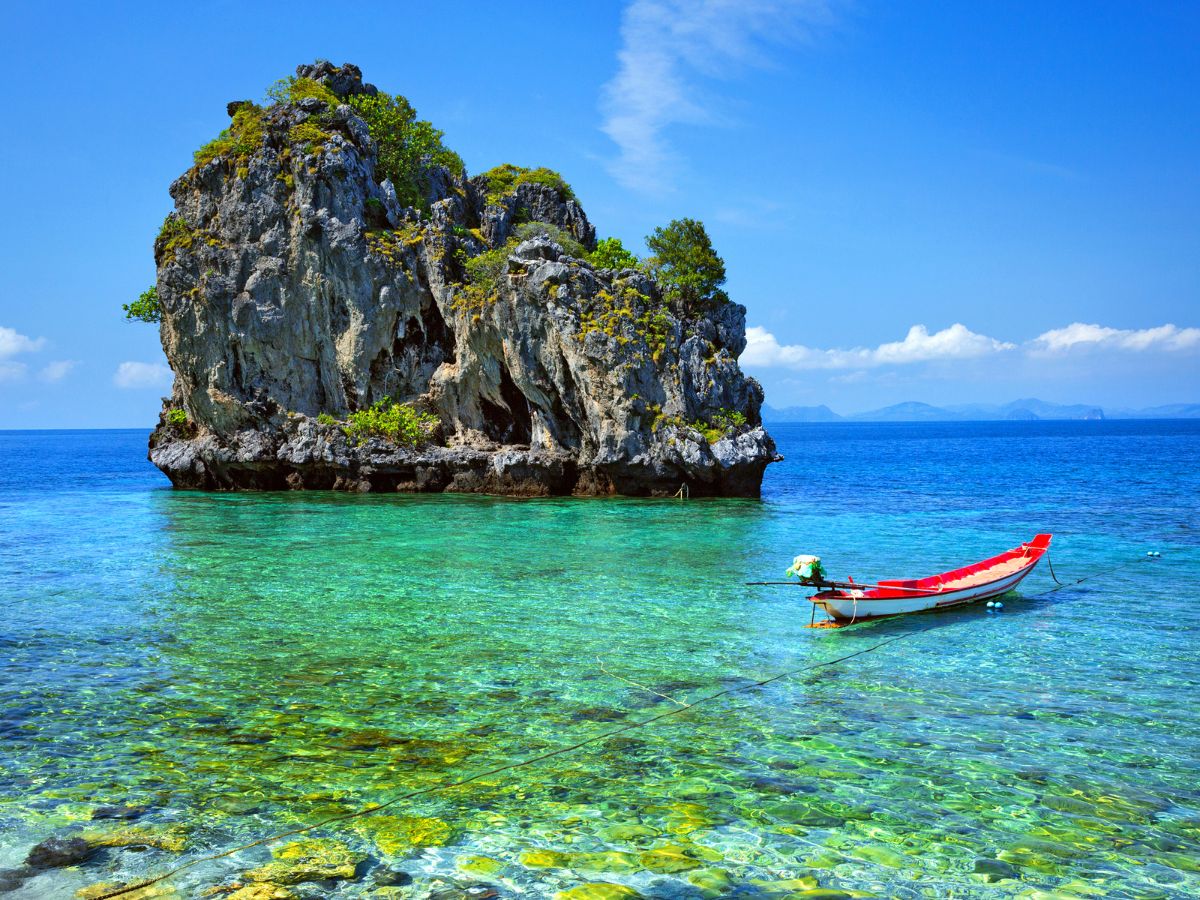Andaman & nICOBAR
Andaman & nICOBAR
These Islands are blessed with a unique luxuriant evergreen tropical rainforest canopy, sheltering a mixed germ plasm bank.
Andaman & nICOBAR (1)
Andaman & nICOBAR (1)
The Andaman Islands have twelve types of forests, including giant evergreen forest, tropical evergreen forest, southern hilltop tropical evergreen forest, cane brakes forest, wet bamboo brakes forest, semi-evergreen forest, moist deciduous forest, littoral forest, mangrove forest, and submontane hill valley swamp forest.
Andaman & nICOBAR (3)
Andaman & nICOBAR (3)
Timber
Andaman Forest is abound in plethora of timber species, out of which about 30 varieties are considered to be commercial. Ornamental wood such as Marble Wood, Padauk, Silver Grey, Chooi, Kokko and Buttress formation are noted for their pronounced grain formation.

Fauna
About 50 varieties of forest mammals are found to occur in A&N Islands, including 26 species of rat, 14 species of bat, two endemic varieties of wild pig, and a fairly good stock of feral elephants.
Flora and Fauna of Andaman and Nicobar Islands
Flora and Fauna of Andaman and Nicobar Islands
The A&N Islands have 225 species of butterflies and moths, and 10 are endemic to these Islands. Shells were used as money, ornaments, musical instruments, drinking cups, in magic, and in the making of fine porcelains. The islands are traditionally known for their shell wealth specially Turbo,Trochus, Murex and Nautilus. Some shells are used as novelties, while others are used to produce edible shellfish, and a few are burnt in kiln to produce edible lime.
Flora and Fauna of Andaman and Nicobar Islands (1)
Flora and Fauna of Andaman and Nicobar Islands (1)
The Bivalve or Pelecypoda group of animals has about 20,000 living species. They burrow in sand or mud, and have a thick layer of specialised epithelium cells known as rnantle, which secretes a two tier shell material making the shell.
Flora and Fauna of Andaman and Nicobar Islands (2)
Flora and Fauna of Andaman and Nicobar Islands (2)
Corals
Corals belong to a large group of animals known as Coelenterata (stinging animals) or Cnidaria (thread animals). They grow slowly, have type wise site specific growth rates, and breed together once in a year at a pre-determined time after dusk.
Fishes
The Coelacanth, one of the groups of fishes thought to have been extinct for 60 million years, has remained unchanged throughout its entire history. Fishes are the masters of water world, having inhabited it for more than 360 million years.